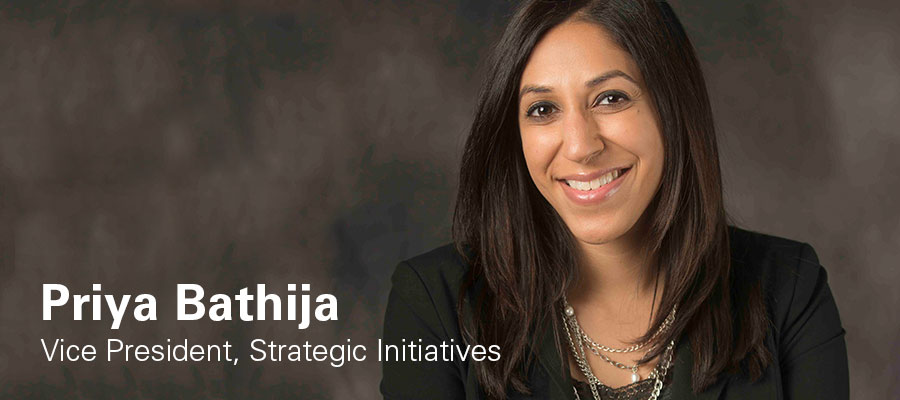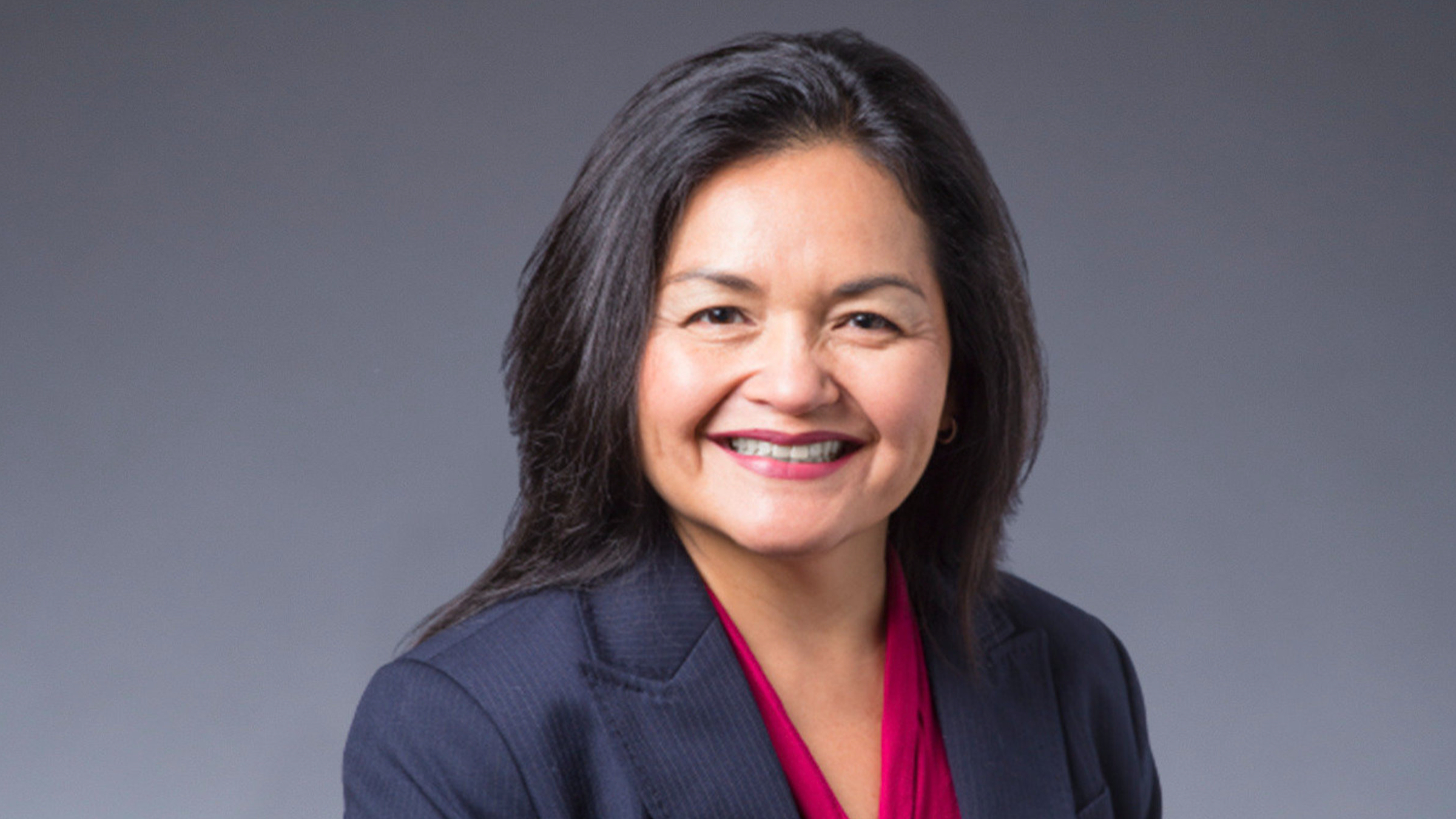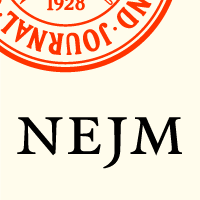[ad_1]
Over the past few years, we have seen an increase in tech-based approaches to improving maternal outcomes and the birthing journey. While most women still have in-person visits to check the progress of their pregnancy, deliver or check-in following delivery, technology can expand the reach of health care services.
Digital solutions, including remote patient monitoring, mobile health apps, and telehealth visits can facilitate continuous communication between expecting and new moms and their care teams. They also can provide a sense of comfort and security, which is much needed during this period of life.
As hospitals and health systems increase their use of technology, it’s important to remember that not all patients have access to digital solutions. There are many barriers to access – including lack of access to broadband or internet at speeds high enough to support these solutions. According to Federal Communications Commission data, 21 million Americans don’t have access to broadband internet; 42 million can’t afford to purchase it. In addition, many individuals still do not own smartphones. The Pew Research Center reports that 14% of individuals living in rural areas own a cellphone but not a smartphone.
Even with access to technology, digital literacy – the ability to use, process and understand technology – can be a barrier to access. For example, individuals may face language or cultural barriers needed to engage with digital solutions.
At Becker’s Healthcare Conference, I had the opportunity to discuss digital solutions and the work that must be done to improve digital health equity, with two health care leaders – Alisahah Jackson, M.D., CommonSpirit Health’s system vice president of population health innovation and policy and Christina Yarrington, M.D., director of labor and delivery and the division director for maternal fetal medicine at Boston Medical Center.
During that conversation, each shared how their hospitals are using digital solutions to improve perinatal outcomes. They also shared how they select, implement and evaluate these solutions to ensure that all of their patients have access to them.
Here are some ways Jackson and Yarrington suggested we can improve digital health equity and ensure that all moms and their families have access to these digital solutions:
- Apply a health equity lens and be intentionally inclusive. Advancing health equity isn’t something you can just check off on your check list. It is a commitment health care organizations and their tech partners must embed in all their strategic efforts. Before investing in a digital solution, initial conversations with digital solution vendors must be viewed through a health equity lens. “We evaluate solutions for accessibility and health literacy levels, and whether their data collection capability includes the ability to stratify data by race, ethnicity, language and gender,” shared Jackson.
- Leverage more simple and cost effective approaches, based on your served community. One way to improve access is to provide the technology directly to patients. For example, Boston Medical Center partnered with Rimidi to provide blood pressure cuffs and a QR code to at-risk postpartum moms to monitor their hypertension remotely, every day for six weeks. Instructions on using the cuff and submitting blood pressure scores to the web portal are provided in three languages. However, Yarrington noted, “We can give patients the device but we also need to anticipate any barriers in using it. Smartphone users may not have a data plan to support video conferencing or struggle with consistent access to wi-fi to communicate with their providers.” To address this concern, BMC selected Rimidi because it runs on local cellular network, and its web portal is staffed by high-risk OB nurses to provide triage services and additional support. BMC’s program is credited with a significant decrease in readmission rates for high-risk postpartum moms with hypertension.
Additionally, having a cellphone does not mean you have access to virtual platforms. Texting, a common service available in all phones now, can become a cost effective, bi-directional, multi-lingual way to reach and communicate with patients. CommonSpirit uses Get Well’s Docent digital patient navigation solution because it provides a text-based platform to connect mothers and their families to a “docent” that offers patient navigation services throughout and following pregnancy.
- Engage diverse patients to improve digital health literacy and individualize care. Hospitals can partner with community-based organizations, women in their community, and diverse voices of underrepresented patients, communities and providers to assess whether these digital solutions are easily accessible and understandable by all types of patients and communities. For example, health care organizations and their tech partners can connect with moms with low health literacy to understand their communication preferences, and tailor services to meet their needs and build trust.
- Track patient engagement with the digital tools to measure success and assess scability. Measuring how well patients are responding and engaging with a digital solution is a critical step in ensuring access and scaling it across a larger footprint. In 2021, Boston Medical Center analyzed data for the first 1,000 people enrolled in its program and found 98.7% submitted at least one blood pressure measurement, and receive more than 17 unique measurements from enrolled patients every day. At CommonSpirit, engagement rates for its multi-pronged services with the Docent Health platform are at 65% across all ethnicities, and the highest at 73% in Hispanic communities. Jackson attributed this high utilization to its ability to offer services in the language and dialect preferred and spoken by patients.
As hospital and health systems explore tech-based services, it will remain important to meet patients and individuals not only where they are, but where they want to be. This will help ensure each individual has an equal opportunity to access and utilize digital solutions. To learn more about other digital solutions in perinatal care, listen to AHA’s Seven in Seven: Digital Solutions for Perinatal Care podcast series.
Are you investing in digital solutions to improve maternal digital health equity? Email Aisha Syeda at saisha@aha.org and share your journey.
Priya Bathija, J.D., MHSA, serves as AHA’s vice president of strategic initiatives.
[ad_2]
Source link



